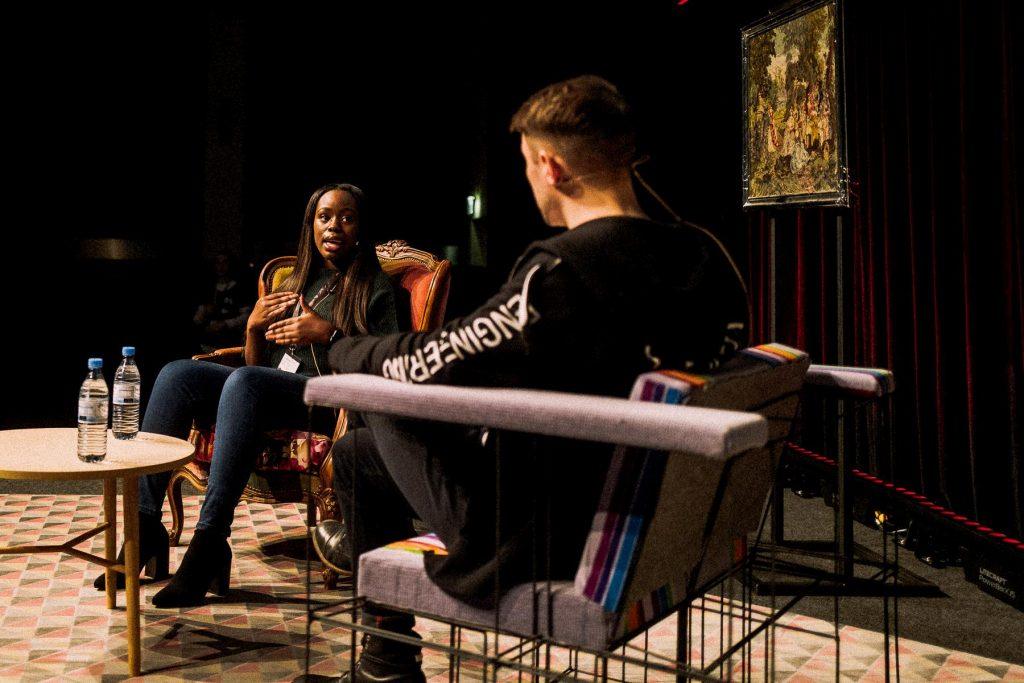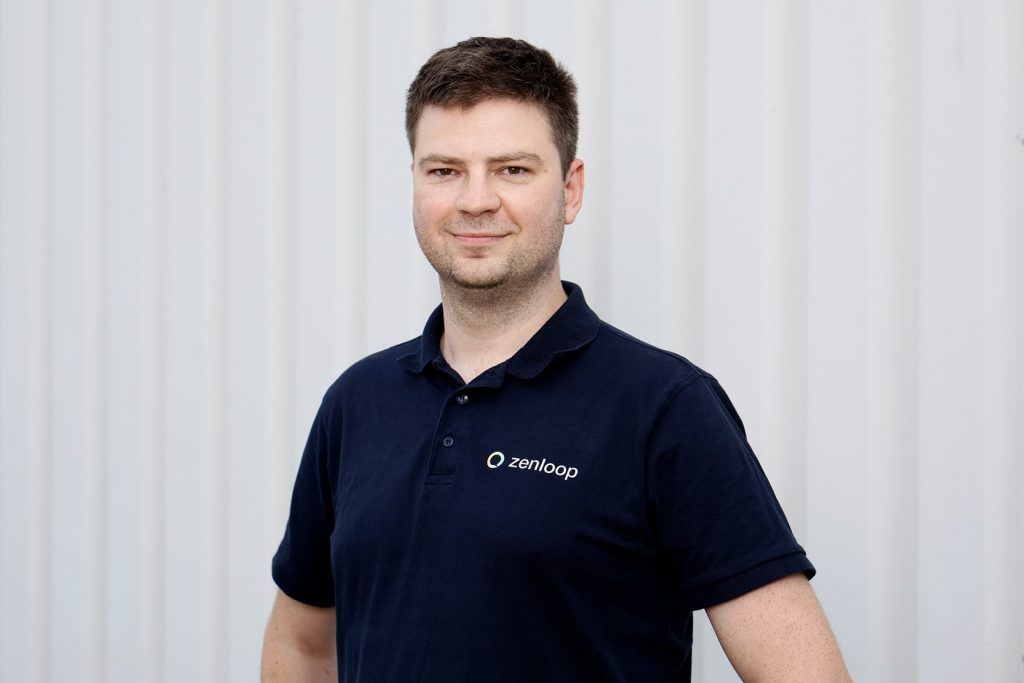3 things Komoot learned while becoming a fully remote organization
08. Juli 2020
In a remote organization, you build your entire work process on efficiency. That means, you have to design for inefficiencies on purpose. Otherwise, “your company becomes inhuman,” says Jonas Spengler, CTO of the outdoor app Komoot, in his conversation with Alex Stump, co-founder of the hiring platform DL Remote. Komoot once was co-located. In 2016, the management decided to become a fully remote.
Outdoor and technology
Having efficient processes is, of course, very important in an all-remote company. “You need to document everything,” says Jonas. However, this comes with a caveat: “You can spend your whole day answering Slack messages, commenting on cards, reacting to pings. People start to feel like robots.”
Therefore, Komoot wants its employees to have a social life. Having family, friends and a hobby are welcome, even if that interferes with work from time to time. Having a personal life besides your work is also part of the DNA of the company.
“We have two passions: Being outdoors and technology,” says Jonas. That was one of the reasons they changed from a co-located company to a fully remote one. “Our people shouldn’t have to choose between family life and a two-hour commute to the office every day.”
Three learnings from a fully-remote organization
On the way to becoming a remote company, three things are especially important at Komoot.
All-In
Once the decision was made to become a remote organization, Komoot didn’t look back, says Jonas: “We didn’t test it for a month or so to see how it would go. We went all-in and fixed problems along the way.”
Don’t mimic offline processes
One mistake many companies with remote co-workers tend to make in Jonas’ opinion: They get slowed down because they still rely on the same old ways of working. “Companies with people in home-office tend to move important meetings and decisions to the office days. What happens is, those important decisions are delayed until next Monday or Tuesday, until everybody gets back to the office.”
At Komoot, they questioned every meeting and every process. “We tried to think about it from a job-to-be-done perspective. What is the purpose of a group meeting or a 1-on-1, and how can we achieve the same goal in a remote environment?”
Core work time
Jonas and his co-founders want the team to be available and to communicate with each other. That’s why they agreed on a core time from 10 am to 3 pm CET, where everybody needs to be available. This is also the reason the company hasn’t yet started to hire people from overseas. This can work differently in a different company. But at Komoot, they found this to be an effective way of organizing.
About Jonas
Jonas Spengler grew up in the mountains, where he developed his passion for being outdoors. He moved to Berlin to work as a freelance developer and graduated in computer and social science. Komoot now gives him the chance to combine his love for nature with his enthusiasm for new technologies.
LinkedIn: Jonas Spengler, Alex Stump
Read next: Zehn Tipps für Remote Work von erfolgreichen Remote Unternehmen




